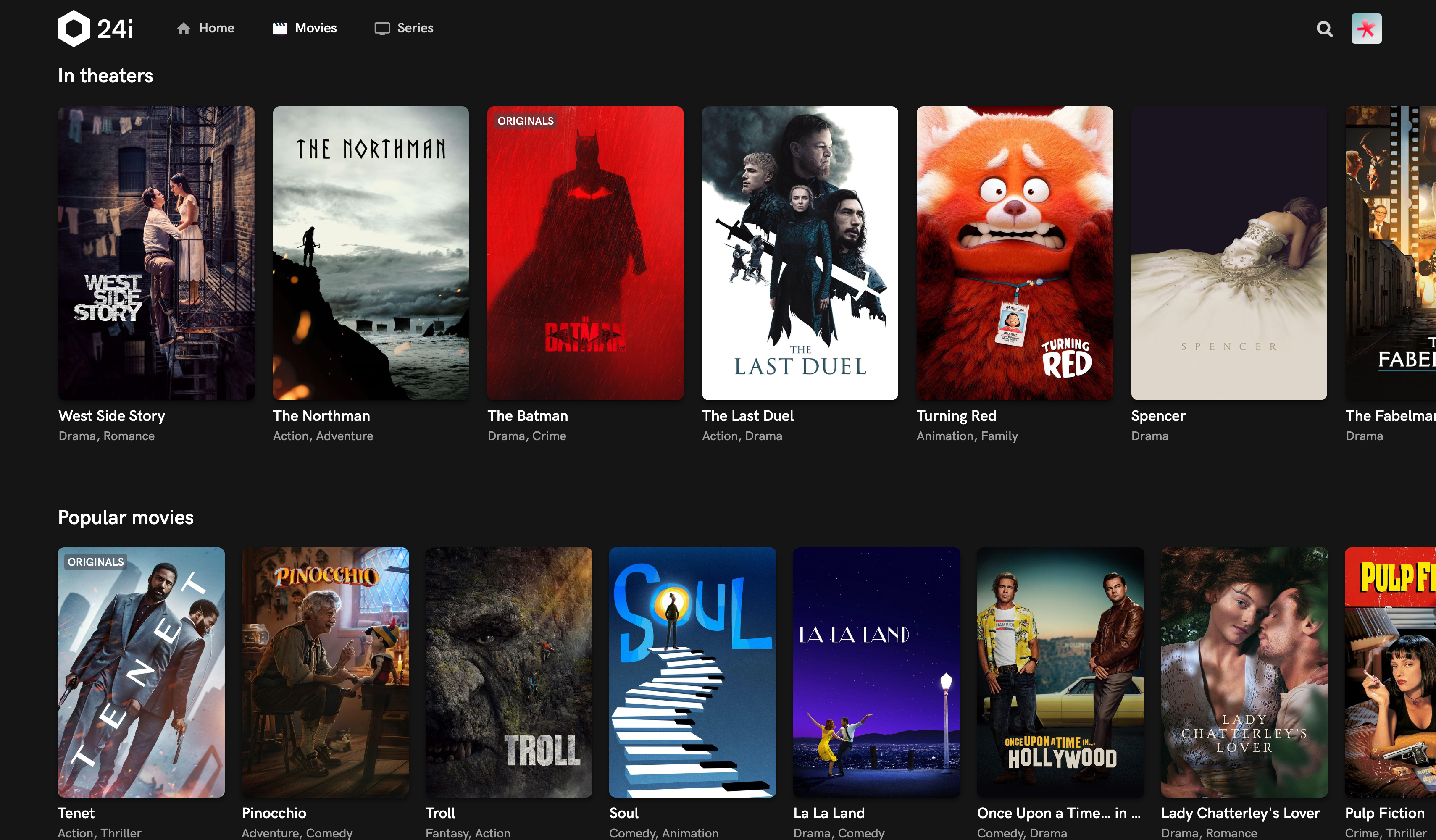
Content discovery is one of the most crucial aspects of your streaming user experience. Making it as easy as possible for your audience to find something they want to watch requires an intuitive user experience, but also the curation of your content into attractive collections. Whether you call them “rails,” “rows,” or “carousels,” you’ll want your app to be stacked with groupings of video assets that tempt users and help them find more of the content you’ve invested in.
Getting users to take a deeper dive into your library is essential to growing AVOD or FAST revenues, and for tackling SVOD churn. If users sign-up to watch one flagship show and then leave, you’ve wasted your significant subscriber acquisition costs. Getting that user to discover and taste a wider range of the shows you have on offer is crucial to keeping them long-term.
When it Comes to SVOD Churn Reduction, Three is the Magic Number
Analysis of our customers with subscription-based streaming services suggests that getting subscribers to try more than three content brands (for example watching at least some episodes of Friends, Seinfeld, Cheers and The Office) within the first 14 days of their subscription is key. Data suggests this magic number of more than three brands results in a user being 55% less likely to churn. In other words, variety matters.
How do you make that magic happen? If you’ve only got a small content library, it may feel like it’s relatively easy to curate it manually. But streaming success depends on a constant flow of fresh content and making the very best use of everything in your catalog.
Whether you’re staving off subscriber churn or encouraging repeat visits to drive up ad-revenue, your goals will be easier to reach if you’re exposing users to as much of your video as possible and keeping the selection looking fresh on every visit. Fully manual curation is no longer an option. Especially with operational budgets always under pressure.
Automatically Better
With automated playlists, you can set parameters that are then used by your CMS to automatically pull in matching content. When content reaches the end of its availability window, it’s immediately removed from all playlists without human intervention. When choosing a playlisting solution, look for a CMS that enables you to mix and match criteria in imaginative ways.
Rather than sticking to genre-based groupings, you can then choose configurations like genre + release year, so you can offer a collection of “80s Romantic Comedies” or “70s horror films.” Ideally, you’ll also want the ability to combine criteria such as genre or mood with availability window information to create a sense of urgency, such as “comedy shows to catch before they’re gone.”
The more parameters you can apply in an automatic playlist builder, the more creative ways you can find to promote your content without spending hours manually scrolling through your library.
Personalization: the Ultimate Content Automation
While editorial curation is a great way to promote your content library in new and interesting ways, everyone has their own personal tastes. No matter how niche your streaming service may be, you can’t ever create a single selection of content that’s perfect for everyone.
So it’s no wonder that personalization has become so popular for streaming services that want to make it as easy as possible for each individual user to find and watch content they love.
Personalization is really good for business. Data from companies that use our 24iQ personalization platform suggests users who interact with content that’s recommended to them specifically based on their viewing habits will go on to watch almost twice as much content (44.7%) as those who don’t interact with recommendations. Imagine what “twice as much content viewed” would do to your AVOD or FAST revenue, or your SVOD churn rate?
Personalization is More Than Just 'Recommended for You'
Increasingly, we’re seeing services personalizing the UX in different ways - from adjusting the order of rails in the app based on the user’s previous viewing, to personalized content recommendations in marketing emails that encourage repeat visits.
It can also be really effective to add personalization as a layer on top of manual curation. In this scenario, the editorial team might choose 10 assets for the “featured” rail in an app, but an algorithm then decides the order in which those 10 are shown to each individual user.
This means the app automatically prioritizes the assets that are similar to the individual user’s proven viewing habits, moving them to the front of the rail in the most prominent position. And it de-prioritizes those assets that they’ve already watched or are less likely to be interested in, moving these assets to the end of the rail. This is a great user experience and boosts the chances of viewers discovering something new they want to watch.
You can find more tips on building adaptability into your streaming technology platform with The Flex Factor e-guide.







